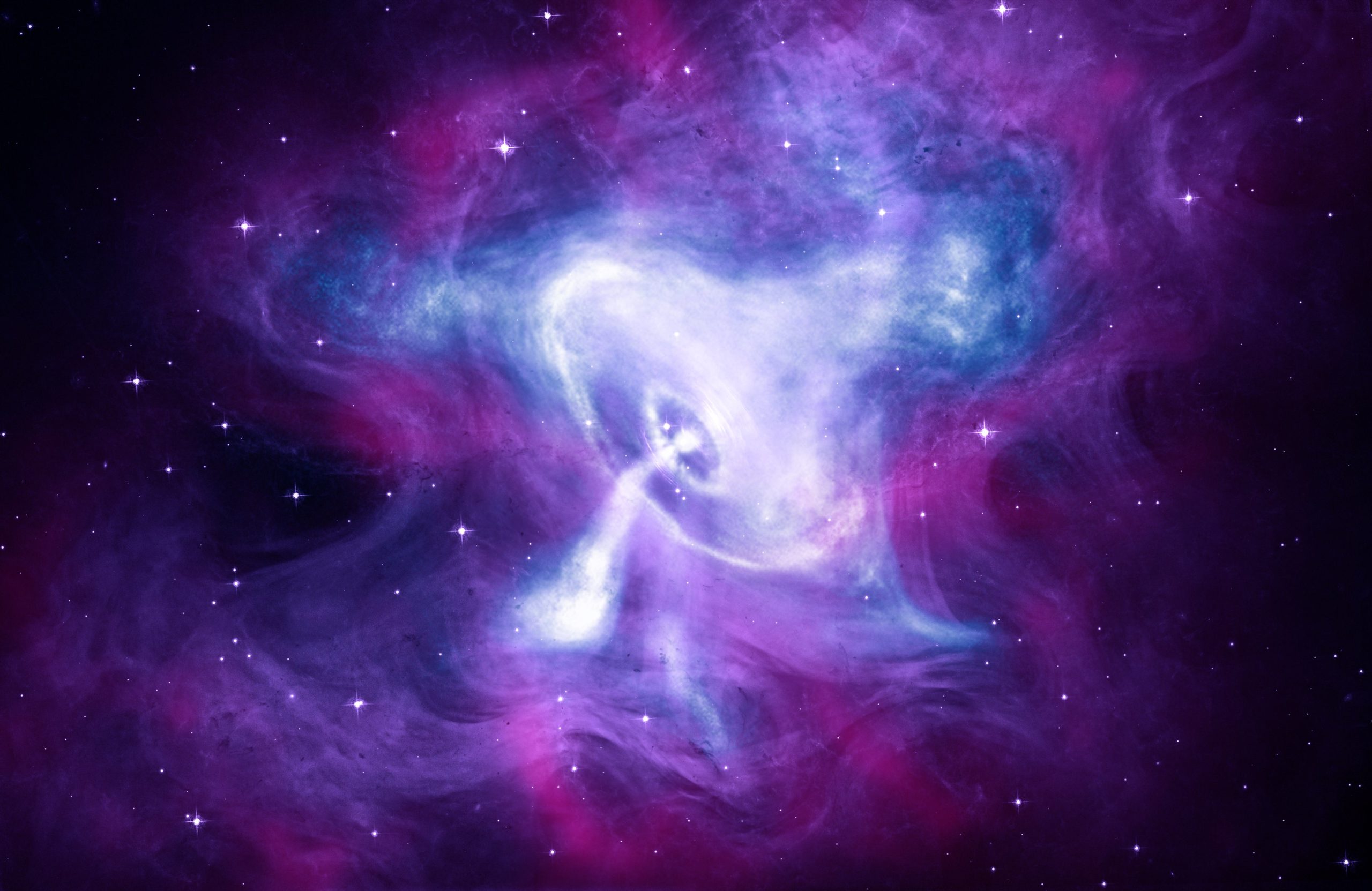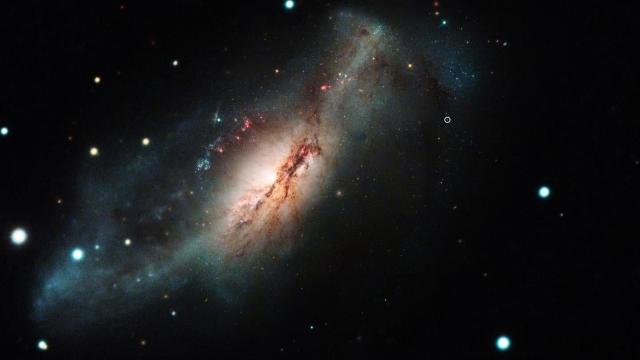A team of astronomers discovered a supernova they believe was formed after the star’s electrons were consumed by other elements in its core. That would make the supernova an electron-capture supernova, a theorised type of stellar explosion first proposed 40 years ago. This may not be the first of these rare explosions documented by humans, though: The famous supernova recorded by Chinese astronomers on July 4, 1054 may also have been an electron-capture supernova, the researchers say.
Supernovae are the brilliant aftermaths of star death, and we only observe two types. If this latest observation is correct, it will be the first time a third type has been documented. The two well-known types of supernovae are type Ia, when a small, cool, and very dense star orbiting another star reaches the end of its life and explodes, and type II, when a massive star runs out of fuel and collapses in on itself. The research team described a recent supernova, SN 2018zd, in a paper published today in Nature Astronomy, and said its conditions sit between the two previously known types of supernovae, making it the theorised third type.
The star was just the right size — not too big or small — to produce this kind of explosion. “The mass is not light enough to lose the outer envelope and leave a white dwarf, or heavy enough to fuse up to iron in the core and explode as a normal iron core-collapse supernova,” said lead author Daichi Hiramatsu, an astronomer at the University of California at Santa Barbara, in an email. “It is just right for the neon and magnesium to capture electrons to convert their protons into neutrons, reducing the core pressure and inducing an electron-capture supernova.”

In other words, SN 2018zd had a Goldilocks star mass that spelled its particular doom. Astronomers expect electron-capture supernovae to have six particular attributes; SN 2018zd has all six. Those features include certain characteristics of the supernova’s chemistry, mass, and radioactivity. The research was in part done at Las Cumbres Observatory as part of the Global Supernova Project, which aims to study hundreds of supernovae through 2023.
Importantly, it’s not the first time such an electron-capture supernova may have been observed by humans. On July 4, 1054, Chinese astronomers documented a guest star in the sky that was so bright it could be seen during the daytime for over three weeks. Those scientists were witnessing the birth of what we now call the Crab Nebula, the relic of a massive supernova over 6,500 light-years from Earth. Hiramatsu said that other researchers had suggested the Crab Nebula was an electron-capture supernova, based on some unusual characteristics of that supernova remnant: It is not very energetic, it didn’t eject much mass, it has an uncommon chemical makeup, and dense gas shrouds the supernova ejecta — all features similar to SN 2018zd.

“The term Rosetta Stone is used too often as an analogy when we find a new astrophysical object,” said co-author Andrew Howell, an astronomer at UCSB, in a UCSB press release. “But in this case I think it is fitting. This supernova is literally helping us decode thousand-year-old records from cultures all over the world … In the process it is teaching us about fundamental physics: how some neutron stars get made, how extreme stars live and die, and about how the elements we’re made of get created and scattered around the universe.”
“I am very pleased that the electron-capture supernova was finally discovered, which my colleagues and I predicted to exist and have a connection to the Crab Nebula 40 years ago,” said Ken Nomoto, a researcher at the Kavli Institute for the Physics and Mathematics of the University who first said this type of supernova should exist, in the same release. “I very much appreciate the great efforts involved in obtaining these observations. This is a wonderful case of the combination of observations and theory.”
SN 2018zd likely won’t be the last electron-capture supernova detected. The scientists at the Supernovae Key Project are continuing the work of studying these residual structures and are sure to find more quirks in the stars to come.
More: Astronomers Spot the Brightest Neutron Star Ever Recorded
